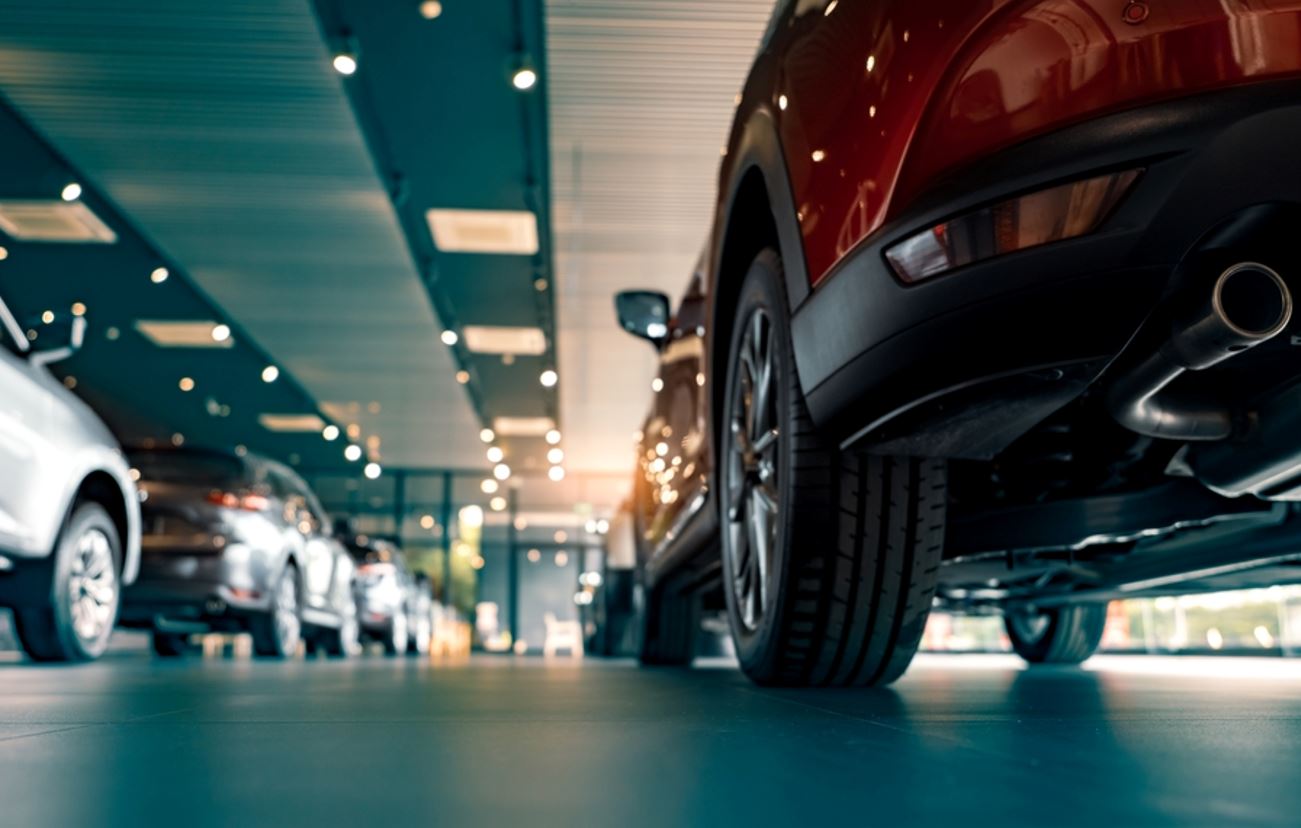Most people in the U.S. need a car to get around, but buying one is often easier said than done. In fact, it’s only getting more expensive, thanks to inflation and the ongoing shortage of new and used vehicles. The worst of the price surge is finally waning, but car shoppers are still watching their pennies amid the increased cost of living. The overall price of the car will likely be top of mind, but you also need to consider how long the vehicle will last, the gas mileage, and all the other costs associated with owning a car to make an accurate assessment. From learning about diesel parts to average costs, use this car buying guide to start off on the right foot.
New vs. Used
One of the first decisions you’ll need to make is whether to buy new or used. According to Kelley Blue Book, the average used car sold for $27,143 at the end of 2022, while the average new car sold for $44,697. That’s quite a price difference. Consider how long you plan on driving the vehicle and whether you plan on reselling it down the road to recoup some of your initial investment.
If you only need the car for a few years and don’t have a lot of money on hand for a down payment, go with a used vehicle to reduce the size of your auto loan. Supply and demand will affect used car prices in your area. Used cars have been flying off the lot. The cheaper the make/model, the harder it is to find. You’ll need to spend time comparing various listings and researching the history of the car if you plan on buying a used one. Always check the value on websites like Kelley Blue Book and ask for a complete maintenance/accident history before purchasing. New car prices won’t vary as much as used vehicles and most dealerships tend to have plenty of makes/models in supply, giving you no shortage of options to choose from.

Gas vs. Diesel
You will also need to decide between a gas and diesel engine. Gas vehicles are less expensive upfront, but only last several hundred thousand miles before they start to bite the dust. Diesel cars and trucks come with a higher price tag, but they can last for a million miles or more. They also go 20 percent to 30 percent farther on each gallon of fuel compared to gas cars, and diesel fuel contains 10 percent to 15% more energy than gasoline even though diesel fuel is more expensive per gallon.
Additional Considerations:
If you are buying a used diesel, spend time going over various systems and components to see if repairs are needed. These engines are more complicated than gas engines and any issues could lead to permanent damage. You can save money buying diesel truck parts online and having a professional swap out the faulty part to give the vehicle a whole new life. To maintain fuel efficiency, all the various components of the fuel system need to work together. This requires a steady supply of high-quality oil and coordination with the fuel injectors. Dirty fuel and excess towing can clog the fuel pump and injectors with particulate matter, which reduces power and efficiency. Replace the fuel injector pump when buying used to get the most out of your diesel.
Pay special attention to the exhaust when buying diesel. The combustion process in these vehicles can release harmful pollutants into the air if the emissions reduction system isn’t working properly. Some units tend to be faulty on certain makes/models, so be prepared to replace the exhaust system parts on a vehicle that’s seen a lot of wear and tear or regularly does a lot of towing. Regardless of whether you choose diesel or gas, look at the oil to get a sense of the vehicle’s condition. This is especially important with diesel because they require more oil for lubrication. The look of the oil on the dipstick will tell you a lot about what’s going on under the hood. Watch out for white clouds and flaky residue, which is usually a sign something is wrong. If there is no oil in the tank, the previous owner clearly doesn’t treat the vehicle with care.

You should also try starting the car and taking it for a short test drive. Get a sense of how it handles on the road, including the steering system, brakes, and various electrical/safety features. Listen for strange sounds and foul odors while driving, and look at the color of the exhaust to see if there is white or blue smoke coming out of the back.
When it comes to buying new, only pay for what you need. Lots of manufacturers are adding special features and gadgets to their vehicles while upping the price. Salespeople may also try to get you to upgrade to the more expensive option, such as four-wheel drive, in-unit entertainment, and other luxurious perks. But don’t pay for these items unless they add value to your life. For example, you can get by with a two-wheel drive if you mainly commute to work in moderate weather.
Always shop around for the best deal by comparing prices from different dealers and sellers in your area, either online or in person. If you aren’t an expert on cars and trucks, bring along someone with the knowledge and experience to give you an honest opinion. Don’t be afraid to ask questions or worry about coming off as naïve. The more you know, the more you stand to save. Keep these tips in mind throughout your buying journey to avoid ending up with a vehicle you regret.




